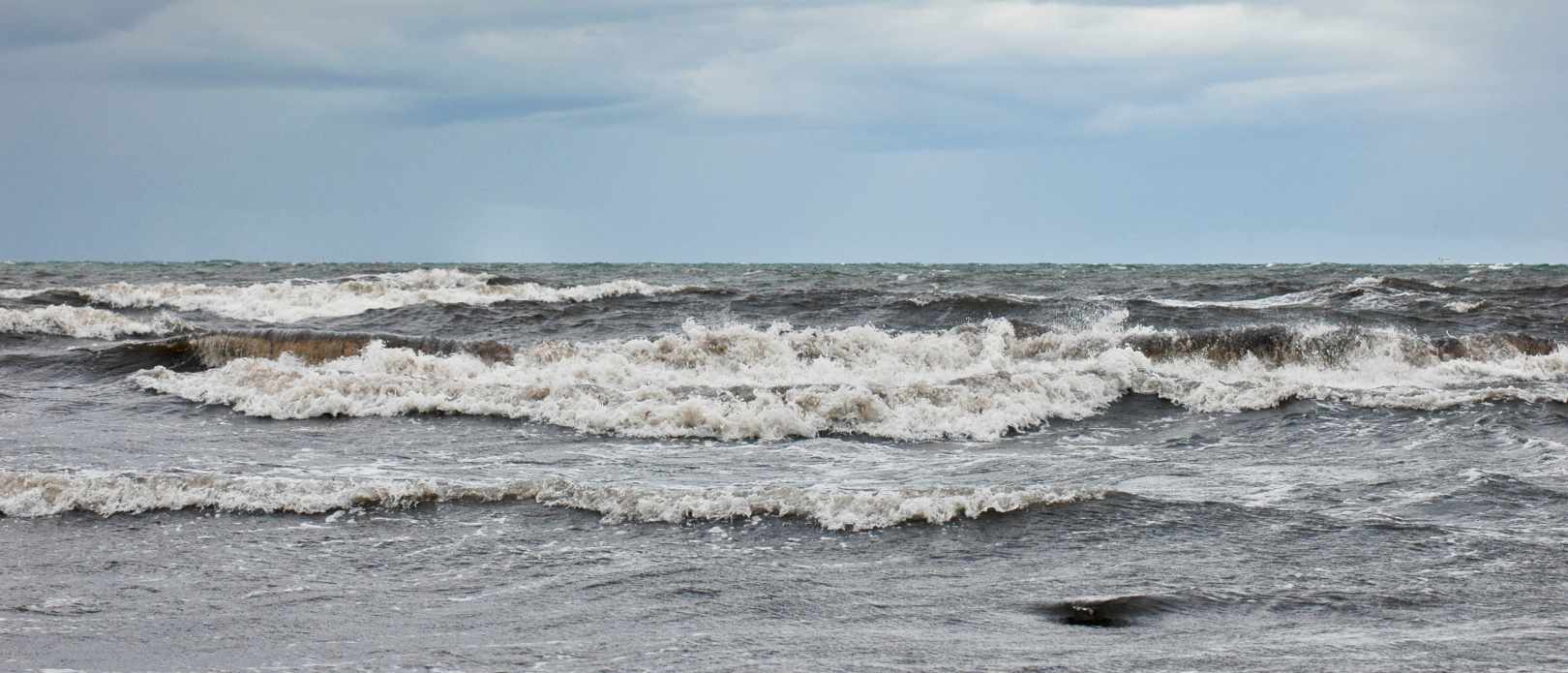The rise of novelty in marine ecosystems: The Baltic Sea case
Summary
Global environmental changes have accelerated at an unprecedented rate in recent decades due to human activities. As a consequence, the incidence of novel abiotic conditions and biotic communities, which have been continuously emerging in the Earth system, has rapidly risen. Despite growing attention to the incidence and challenges posed by novelty in terrestrial ecosystems, novelty has not yet been quantified in marine ecosystems.
Here, we measured for the rate of novelty (RoN) in abiotic conditions and community structure for three trophic levels, i.e., phytoplankton, zooplankton, and fish, in a large marine system - the Baltic Sea. We measured RoN as the degree of dissimilarity relative to a specific spatial and temporal baseline, and contrasted this with the rate of change as a measure of within-basin change over time.
We found that over the past 35 years abiotic and biotic RoN showed complex dynamics varying in time and space, depending on the baseline conditions. RoN in abiotic conditions was smaller in the open Central Baltic Sea than in the Kattegat and the more enclosed Gulf of Bothnia, Gulf of Riga, and Gulf of Finland in the north. We found a similar spatial pattern for biotic assemblages, which resulted from changes in composition and stock size. We identified sea-surface temperature and salinity as key drivers of RoN in biotic communities. Hence, future environmental changes that are expected to affect the biogeochemistry of the Baltic Sea, may favor the rise of biotic novelty.
Our results highlighted the need for a deeper understanding of novelty development in marine ecosystems, including interactions between species and trophic levels, ecosystem functioning under novel abiotic conditions, and considering novelty in future management interventions.







